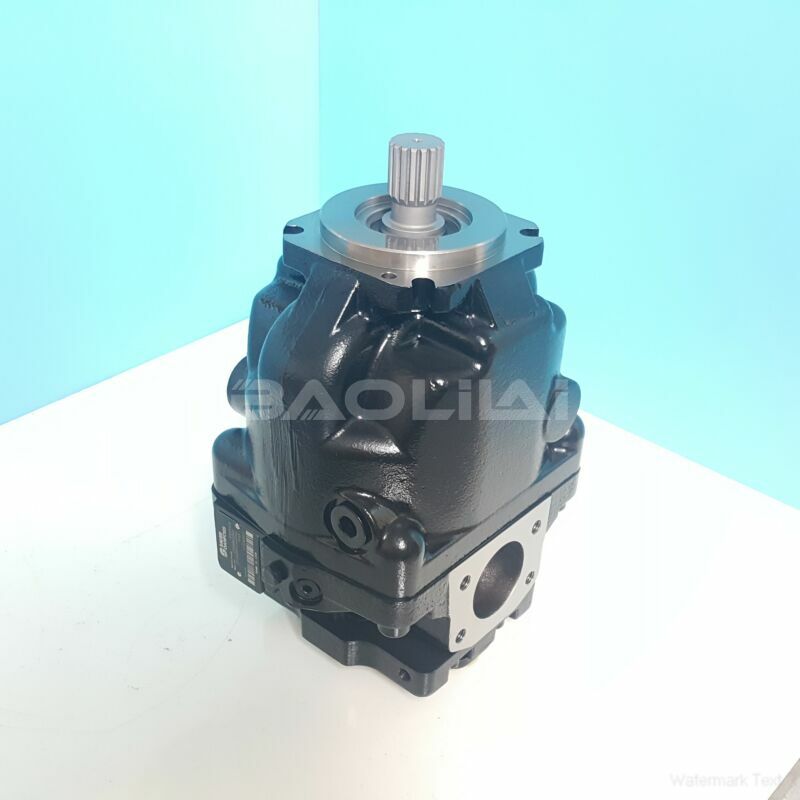ERL130BLS2520NNN3S2RPA1NAAANNNNNN axial piston pump
ERL130BLS2520NNN3S2RPA1NAAANNNNNN axial piston pump

- Product Details
- Applicable Scene
Fluid transfer systems are integral to various industries, including manufacturing, oil and gas, chemical processing, and water treatment. One of the critical components of these systems is the pump, and among the various types of pumps, plunger pumps have gained significance due to their efficiency and effectiveness in transferring fluids. Understanding the impact of plunger pumps on energy consumption is essential for optimizing operations and reducing costs.
ER-L-130B-LS-25-20-NN-N-3-S2RP-A1N-AAA-NNN-NNN
ERL130BLS2520NNN3S2RPA1NAAANNNNNN
Plunger pumps operate on a simple but effective mechanism, using a plunger to create a vacuum that draws fluid into a chamber, which is then expelled under high pressure. This design allows for high efficiency in transferring fluids, particularly those that are viscous or contain solids. Compared to other types of pumps, such as centrifugal pumps, plunger pumps can deliver higher pressure and are less susceptible to cavitation, making them ideal for specific applications.

7000507
One of the primary advantages of plunger pumps is their energy efficiency. They can achieve a higher volumetric efficiency, which means that a larger volume of fluid is moved with less energy consumption. This efficiency is particularly evident in systems that require consistent flow rates and pressures, as plunger pumps can maintain these parameters without excessive energy usage. By minimizing energy losses due to friction and turbulence, these pumps contribute significantly to reducing overall energy consumption in fluid transfer systems.
Moreover, the design of plunger pumps allows for precise control over flow rates. This capability not only enhances operational efficiency but also leads to energy savings. When flow rates are optimized based on demand, unnecessary energy expenditure is avoided. For instance, in applications where fluid transfer is intermittent, plunger pumps can be cycled on and off, reducing the energy used during non-operational periods. This adaptability can result in significant cost savings over time.





